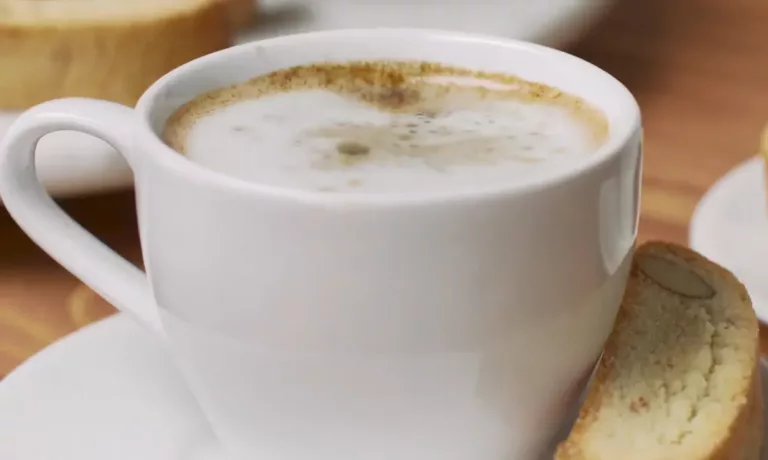Introduction
In a world where coffee is more than just a beverage, but a cultural phenomenon, the packaging that houses this cherished elixir has evolved significantly over the years. Coffee bags, once simple vessels for storing and transporting coffee beans, have now become a canvas for innovation, sustainability, and brand identity. This article takes an in-depth look at the evolution of coffee bags, exploring their history, design, materials, and impact on both the coffee industry and the environment.

The Early Days: Coffee Bags Through History
The concept of packaging coffee dates back to the origins of coffee consumption itself. In the early days, coffee beans were often transported in basic burlap sacks. These sacks were functional but lacked the sophistication that modern coffee packaging demands. As the popularity of coffee spread across the globe, the need for more refined and efficient packaging became evident.
The coffee bag itself does not directly affect the caffeine content of the coffee beans inside. Caffeine content is primarily determined by the type of coffee bean, roast level, and brewing method used. However, the bag's seal and quality play a role in preserving the freshness of the beans. An airtight and opaque bag can help prevent moisture and light from degrading the beans, which can impact their overall quality, flavor, and aroma over time. Ensuring proper storage with a high-quality bag maintains the beans' freshness, indirectly contributing to a more flavorful brew but not altering their caffeine content. If you want to find out how much caffeine is in each cup of coffee, you can use a caffeine calculator.
From Basic to Branded: The Evolution of Coffee Bag Design
The transition from burlap sacks to modern coffee bags can be attributed to the growing emphasis on branding and consumer experience. Coffee producers realized that packaging was not merely a means of storage but a powerful marketing tool. This realization marked the beginning of a transformation in coffee bag design.
Coffee bag design has evolved to become a reflection of the brand's identity and values. From minimalist designs that exude elegance to bold and vibrant patterns that capture attention on store shelves, coffee bags have become a medium for conveying a brand's story. Manufacturers now invest in skilled designers who understand the intricate balance between aesthetics, functionality, and brand representation.
Materials Matter: The Quest for Sustainable Packaging
The coffee industry, like many others, has not been immune to the global call for sustainability. Coffee bags, historically made from non-recyclable materials, have undergone a paradigm shift in material selection. Traditional materials like foil and plastics are being replaced with eco-friendly alternatives such as compostable films, biodegradable plastics, and recyclable laminates.
These sustainable materials not only align with consumer preferences but also contribute to reducing the carbon footprint of coffee packaging. Brands that embrace eco-friendly coffee bags not only demonstrate their commitment to the environment but also position themselves as leaders in the movement toward responsible packaging practices.

Innovations Beyond the Bean: Features of Modern Coffee Bags
Beyond their aesthetic and sustainable attributes, modern coffee bags boast an array of innovative features designed to enhance the consumer experience. One such innovation is the one-way degassing valve. This small but crucial component allows freshly roasted coffee beans to release built-up carbon dioxide while preventing external oxygen from entering the bag. As a result, coffee freshness is preserved, and the risk of bags bursting due to gas buildup is mitigated.
Another remarkable feature is resealable closures, which have become increasingly common in coffee bags. These closures not only keep the coffee fresh but also provide convenience for consumers. Whether using a zip-lock mechanism or a resealable adhesive strip, these closures prevent air from seeping into the bag, maintaining the optimal flavor profile of the coffee.
Beyond the Bag: Coffee Bags and Sustainability
While the shift toward sustainable materials is commendable, the sustainability of coffee packaging goes beyond the materials used. The entire lifecycle of coffee bags, from production to disposal, plays a crucial role in their environmental impact. Many brands are now adopting a holistic approach to sustainability by focusing on reducing energy consumption during manufacturing, optimizing transportation to minimize carbon emissions, and educating consumers on proper disposal methods.
The relationship between the coffee bag and the macchiato is tangential, as the coffee bag primarily relates to the storage and preservation of coffee beans. The bag's quality, seal, and design impact the freshness and quality of the beans used to prepare various coffee drinks, including macchiatos. Freshly stored beans ensure the rich flavor and aroma that define a well-crafted macchiato. While the bag doesn't directly influence the macchiato's preparation, its role in maintaining bean freshness indirectly contributes to the overall quality of the coffee used, thereby enhancing the taste experience of the macchiato and other coffee beverages.
In this context, the concept of "circular packaging" is gaining traction. This involves designing coffee bags that can be easily recycled or repurposed, closing the loop on the product's life cycle. Additionally, some innovative companies are exploring the idea of refillable coffee bags, allowing consumers to purchase coffee in bulk and refill their bags, reducing the overall waste generated.
Challenges and Future Prospects
Despite the remarkable strides made in coffee bag design and sustainability, the industry faces certain challenges. The delicate balance between preserving freshness and utilizing sustainable materials, for instance, requires ongoing research and development. Moreover, ensuring that coffee bags meet stringent regulations for food safety and quality adds another layer of complexity.
Looking ahead, the future of coffee bags seems promising. With advancements in technology, we can anticipate more sophisticated ways to monitor and extend coffee freshness. Additionally, as consumer preferences continue to evolve, customization might become a key trend, allowing coffee lovers to design their own bags or select from a range of bag sizes and features.

Conclusion
The humble coffee bag, once a utilitarian vessel, has undergone a remarkable transformation. From basic burlap sacks to meticulously designed, sustainable, and innovative packaging solutions, coffee bags have become an integral part of the coffee experience. As the industry navigates the complexities of design, sustainability, and consumer demands, one thing is clear: coffee bags will continue to evolve, catering to the ever-changing landscape of coffee culture and environmental responsibility.
References: How Many Processes Do Coffee Go Through From Seed To Cup?
Selection And Maintenance Of Home Grinder